Tree testing enables you to develop an information architecture that will allow users to easily and quickly find what they want in your website.
What is it?
Tree testing is a good way to test the information architecture of your site, before you build it. How easy your website is to use will largely depend on the quality of your information architecture (the way you label and organise content). So, tree testing is a good investment to ensure your website is usable and doesn’t contain any barriers to your users finding what they want.
In a tree test, users are given a list of tasks to find content by navigating through a hierarchy of clickable menu items (the tree) published on an online testing platform. Tree testing tells you how easily people can find information on your website, and exactly where people get lost.
Tree testing can answer questions like:
- Do my content labels make sense to my users?
- Is my content organised logically to my users?
- Can my users find the content they want easily and quickly?
- If not, where are the problems?
SCM uses the Optimal Workshop online testing platform to conduct tree testing and other usability tests.
tree testing is a good investment to ensure your website is usable and doesn’t contain any barriers to your users finding what they want.
How tree testing works
Tree testing is made up of a tree and a list of tasks.
The tree is a nested hierarchy of clickable content labels (menu items). This is essentially a text-only version of your website structure, similar to a sitemap. Test participants are asked to complete tasks by clicking through the tree and nominating the location they think is correct. The task results will tell you:
• how many people got it right
• how many people got it wrong
• the paths people took before they selected an answer
• how long it took people to complete the task.
Tree example
Below is an example of a tree for a government tax website.
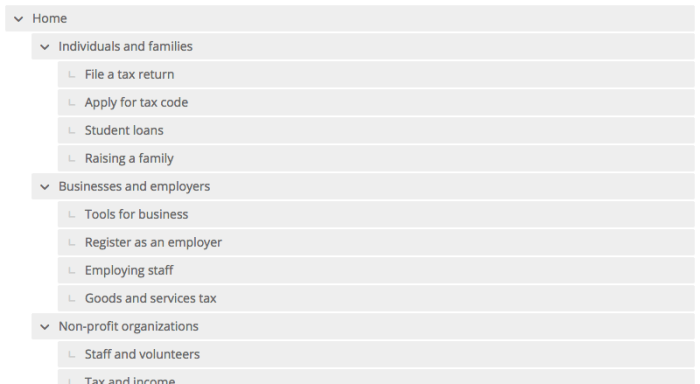
A set of tasks (based on your website goals) is authored to mimic the thoughts users may have when visiting your website. These are written in a natural, plain-English style. Each task will ask the test participant to find a location on your site tree.
Task example
Below is a sample task in a test as it would appear for a participant.
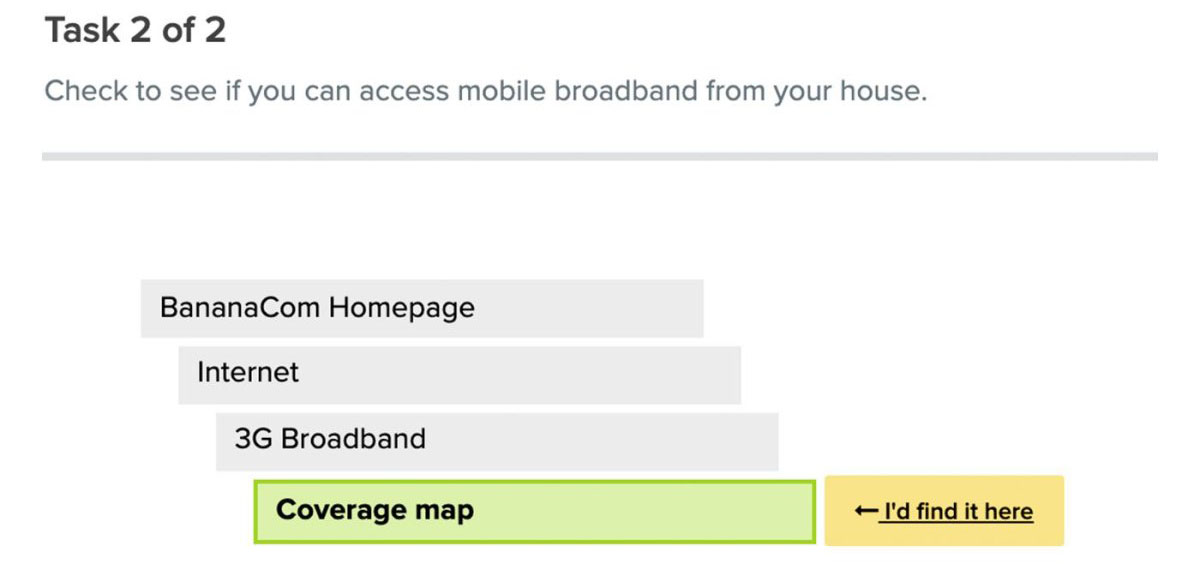
Results & analysis
Following the completion of the test, a set of comprehensive results are generated to enable us to identify the strengths and weaknesses of your information architecture.
Overview
The overview below shows the overall level of success, how direct user found locations and how long it took them.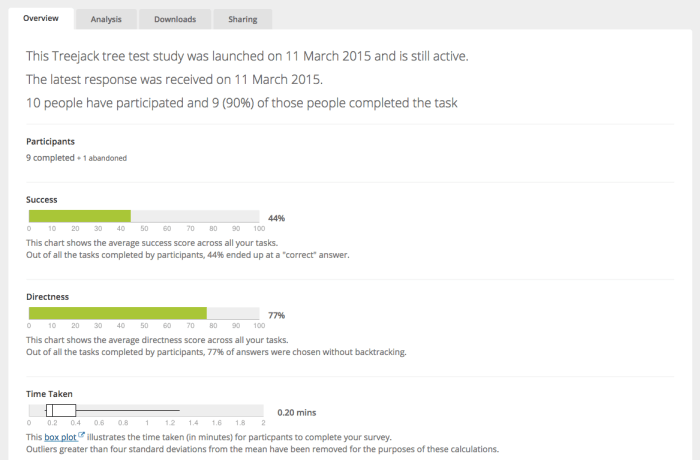
Task result
Results for each task are displayed to identify the individual level of success, directness and time taken. For example:

Pie tree visualisation
The way users found and didn’t find content locations can be identified via pie tree visualisations for each task.
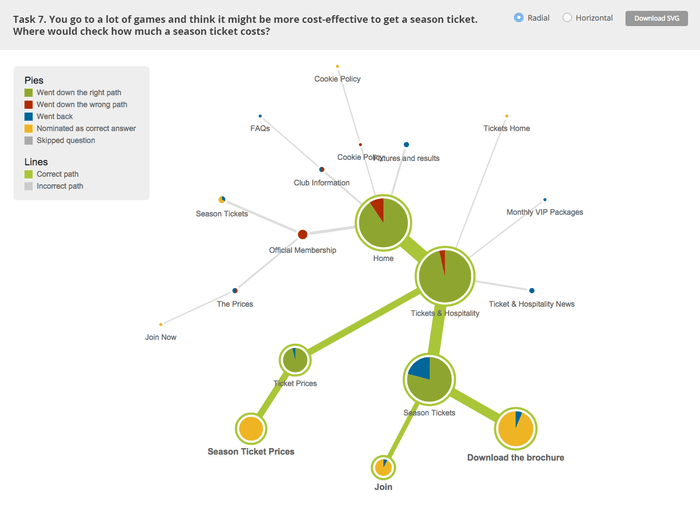
Paths table
The Paths table below shows the exact path each participant took through the tree before selecting a location. You can filter the table by:
- indirect and direct success
- indirect and direct failure, and
- indirect and direct skips
To identify the areas you wish to explore more in-depth.
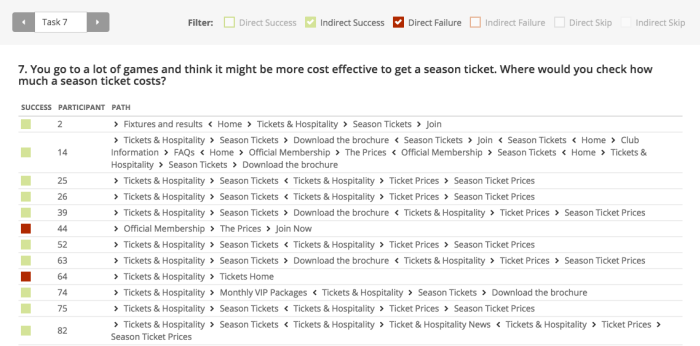
First clicks table
You can also find out where participants went first in the First Clicks table.
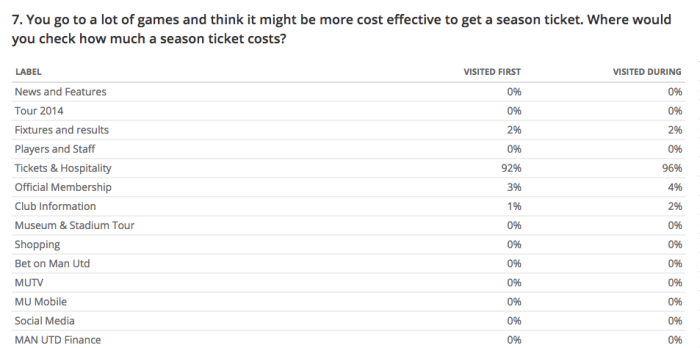
Deliverables
Our tree testing service includes:
- Authoring the task list
- Set up of the tree test
- Analysing and reporting of test results
- Recommendations for changes to your information architecture.
Costs
The following costs are ex-GST.
| Tree testing (for one site tree)* | $2,000.00 |
|---|---|
| Recruiting participants (indicative cost for 50 participants)** | $750.00 |
* Excludes recruitment of participants.
** Subject to change depending on demographics selected.
Request a quote
Please request a quote if you are interested in our tree testing service.
All images above were sourced from Optimal Workshop.
